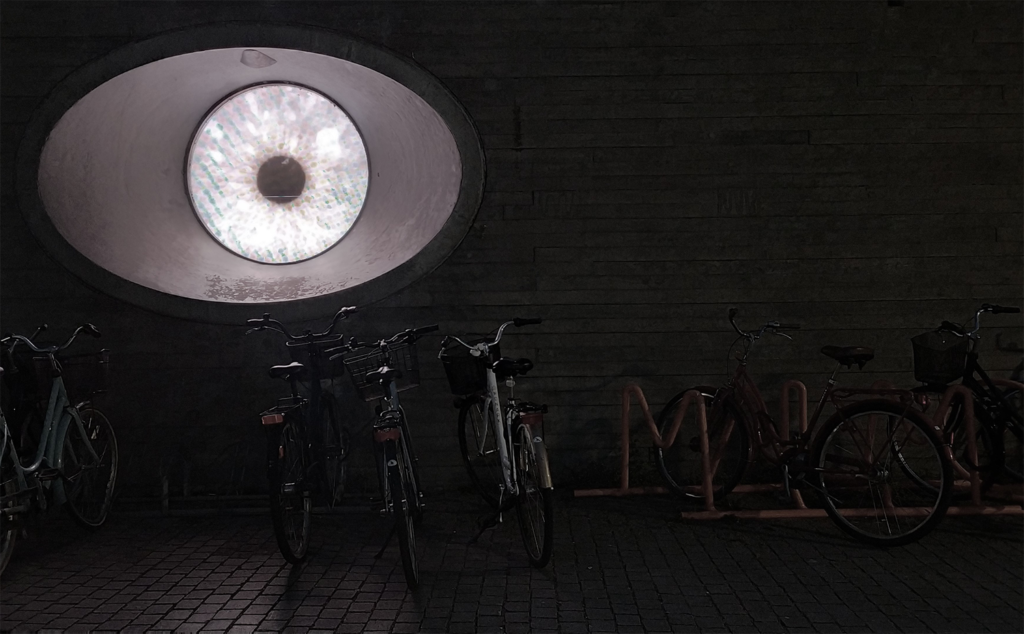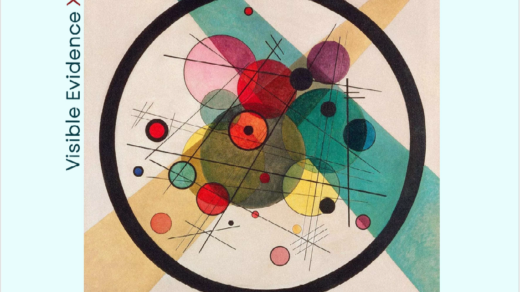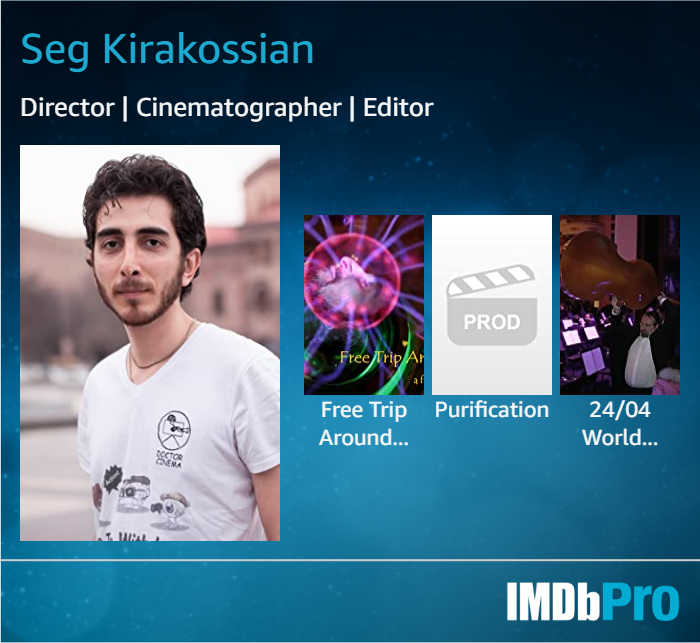0, 1, 1, 2, 3, 5, 8, 13… This is called Fibonacci sequence – a series of numbers where each number is the sum of two previous ones. The ratio between consecutive Fibonacci numbers corresponds with the Golden Ratio. The concepts have been known since ancient Greece where it was explored by mathematicians, such as Euclid.
The Golden Ratio, often represented by the Greek letter phi (Φ), equals 1.618. This ratio has been found in various aspects of art, nature, and architecture. It looks like a spiral that involves dividing an image into squares.

The choice between the golden ratio, the Rule of thirds or Symmetry in photography often depends on the specific goals of the photographer and the characteristics of the subject/landscape. Each composition can be effective in different contexts. Here are situations where the golden ratio might be preferable:
- Spiraling Compositions (curves or spirals);
- Subtle Emphasis on Key Areas (no domination by the main subjects);
- Artistic or Abstract Photography.
The form of a spiral that is based on the rule of the Golden Ratio can be compared to natural phenomena too, for example, Sea Shells, Sunflowers and Flower Petals, Pinecones and Pineapples, Hurricanes and Galaxies, fingerprints etc.
The video below visualises all the philosophy laying under the Golden Ratio.
Here is a brief overview of the evolution of the Golden Ratio:
Historical Use: Artists and architects in ancient Greece, such as Phidias and the builders of the Parthenon, were likely aware of the aesthetic qualities of the golden ratio, even if they didn’t explicitly name it. Elements of the golden ratio can be seen in their works.
Renaissance Artists: During the Renaissance, artists like Leonardo da Vinci and Michelangelo showed an interest in the golden ratio and incorporated its principles into their compositions. Da Vinci’s “Vitruvian Man” is often cited as an example of the golden ratio in art.
Mathematical Treatises: In the 19th and early 20th centuries, mathematical treatises explored the properties of the golden ratio, and its relationship with aesthetics gained attention in academic circles.
Photography: When photography became an established art form, photographers and educators began to apply compositional principles inspired by the golden ratio. The idea was to use the ratio to guide the placement of key elements within the frame for a more balanced and visually pleasing result.
The photos published on this page are a matter of copyright.
Photo credits to: Seg Kirakossian





